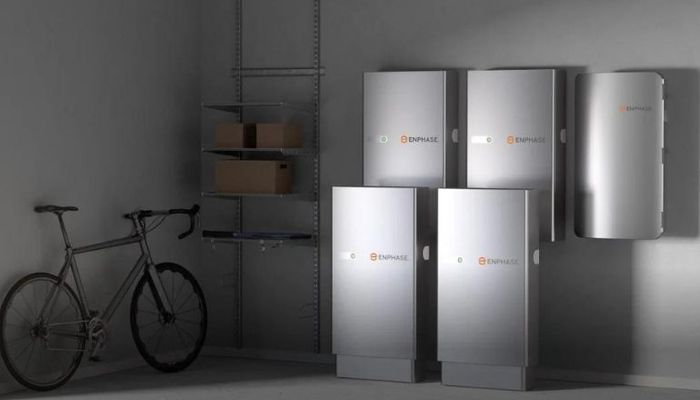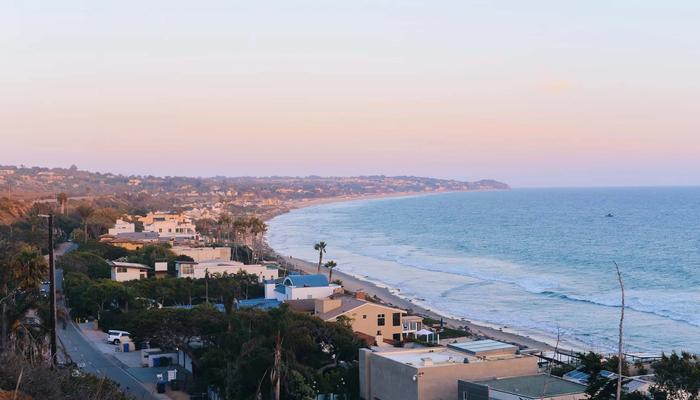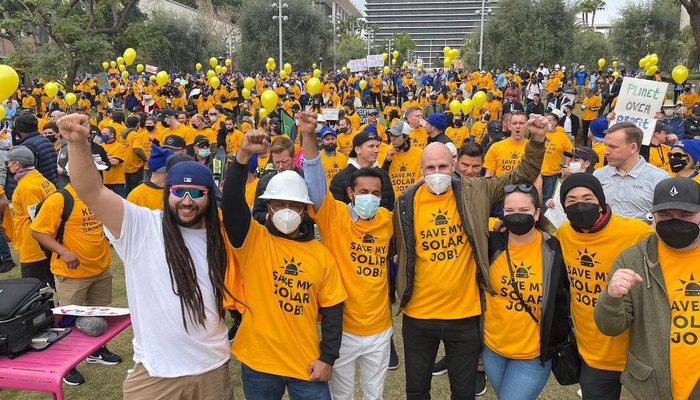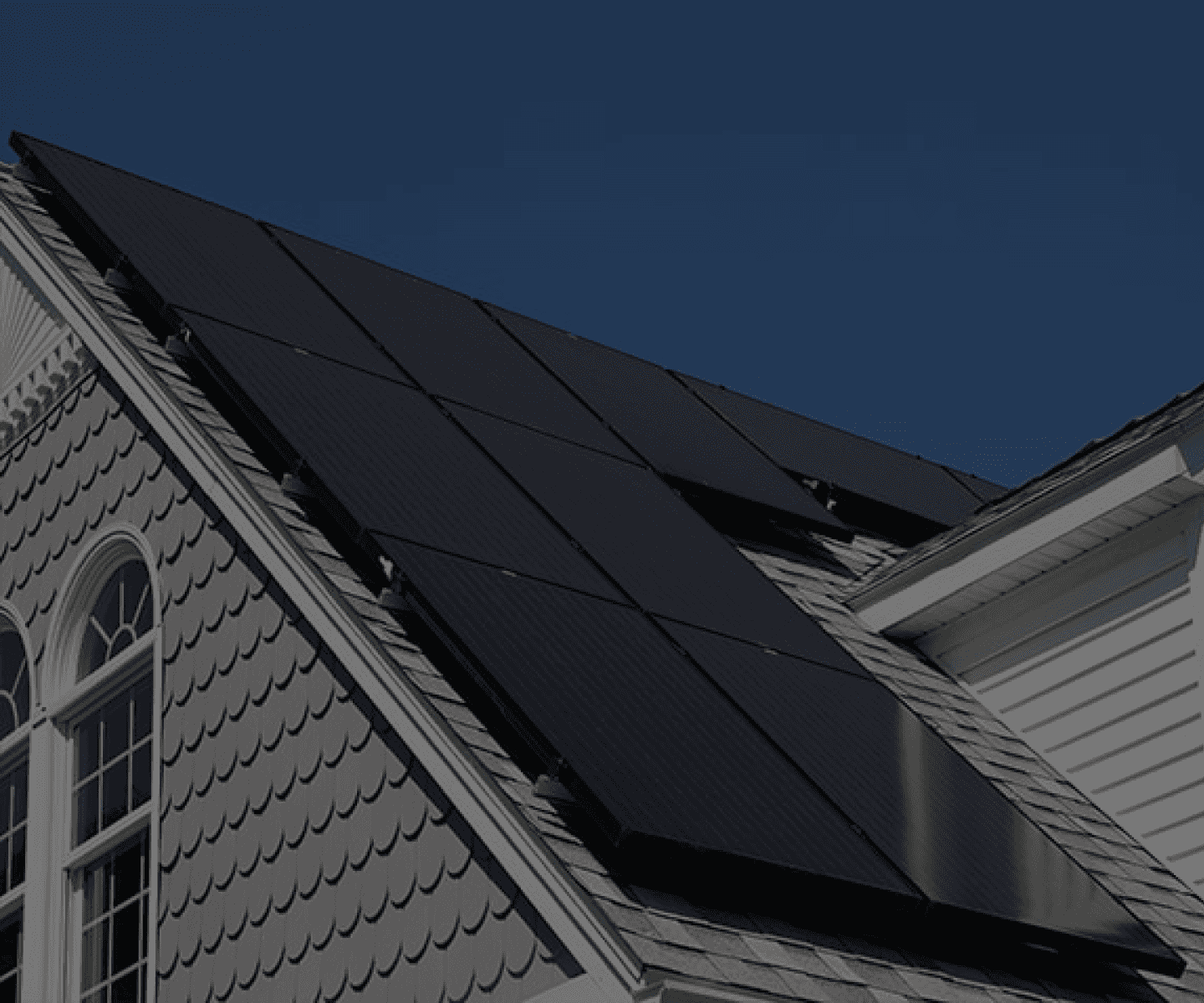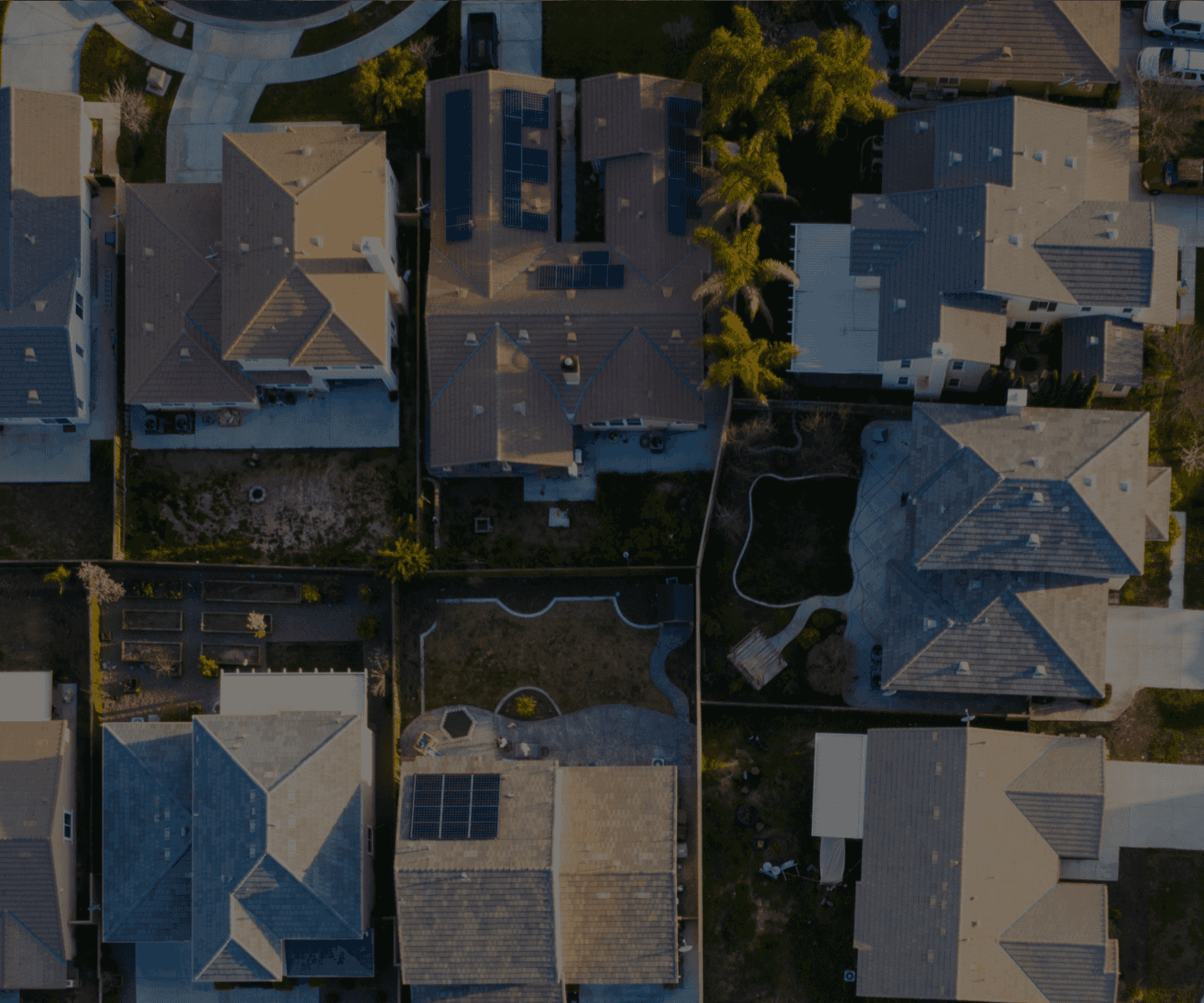6 Solar Installation Safety Tips You Need to Know

Are you thinking about taking on the task of installing your solar panel system? Get ready to embark on a fun and rewarding journey!
Installing a DIY photovoltaic (PV) system can save you thousands of dollars. But like any other major home improvement project, there are risks involved. It’s critical to put your safety first throughout the installation process, as you’ll be climbing ladders, working on your roof, and dealing with electricity.
Awareness of safety concerns will help you avoid common injuries or accidents associated with installing DIY solar systems. This article will cover six tips for solar installation safety, plus required safety equipment for installations.
Get all your other DIY solar questions answered here.
Avoid Trips and Falls
When installing rooftop photovoltaic systems, there is an obvious danger of slipping or falling off your roof. If you aren’t careful, you could easily fall. Here are some things you can do to prevent dangerous falls:
- Never walk backward on the roof
- Never install solar panels in windy or rainy conditions
- Keep the roof clear of hardware, tools or any other trip hazards
- Use personal protective equipment (PPE) like a harness, rope and anchor.
Check out the complete DIY solar installer tool list.
Know Ladder Safety
You must know how to correctly position, anchor and climb up your ladder. Here’s how to do that.
Ladder Angle
First, situate your ladder at the appropriate angle. If the ladder angle is too steep, you can easily fall over backward when you’re at the top of the ladder. If the ladder angle is too shallow, the ladder can slide out from beneath you.
To position your ladder at the correct angle, ensure the distance between the wall and the bottom of your ladder is 1/4 of the height of the surface you are climbing towards.
For example, if the edge of your roof is 12 feet high, the bottom of your ladder should be 3 feet out from the wall. If the roof’s edge is 20 feet high, the ladder should be 5 feet from the wall.
Tie Off the Ladder
Once you have the ladder in the right place, you’ll need to tie it off after climbing it for the first time.
If you aren’t able to anchor the ladder to anything, use a big eye hook that’s screwed firmly into a rafter in the eave. Don’t anchor the ladder to a gutter; gutters aren’t sturdy enough and will only give you a false sense of security that could put you in a dangerous position.
Use Both Hands to Climb the Ladder
This may be common sense, but it’s worth repeating. Use both hands to go up and down safely. This also means you’ll need other items — like a bucket, rope or tool belt — to bring smaller things up the roof.
Lift Solar Panels Carefully
Carrying solar panels to your rooftop can be tricky, so look into safe options like a ladder lift. A ladder lift can be as simple as a rope and pulley ladder combination, or you can get a motorized model.
If your roof is not very high, you may be able to lift the solar panels on your own. But to avoid potential back injuries, don’t work alone. Ideally, you need two people to lift the solar panel from the ground and two more working on the roof.
Avoid Electrical Hazards
Follow all safety rules that apply to electrical systems. If you don’t know much about electrical safety, you might want to work with an electrician. You can still complete the mechanical installation of your solar array and racking and hire an electrician to deal with the rest.
Solar Electricity
Dealing with solar panel electricity can be particularly dangerous. That’s because solar panels are always “live” and there is no way to de-energize them. Even moonlight can create enough light for your solar equipment to hurt you.
If you’re installing a string inverter system, be extra careful. Connecting your string of solar panels is the last thing you should do so your wires are not active while routing them through conduit or connecting them to other equipment.
Arc flashes are another danger unique to solar power. When you have several solar panels connected in a string, the result is high DC voltage that can cause an electric shock if you aren’t careful or an electrical arc if the string is disconnected while under load. An electrical arc can be bright enough to blind you and hot enough to burn the oxygen in the air and catch your clothing on fire. (Yikes.)
Installing a microinverter or DC optimizer system is typically much safer. The DC power from the solar panel is safely isolated once connected to the microinverter or optimizer. The lines connecting to the remaining equipment will not be live until you turn on the whole system.
Working in the Main Service Panel
You may want to consider hiring an electrician to help you with this part of the installation.
Most PV systems include an interconnection in the main service panel, which can be hazardous. When the main breaker is off, the lines or busbars supplying it are still live and require extreme caution. If the main breaker needs to be de-rated or the service panel needs to be upgraded, you’ll have to coordinate with your utility company to shut off the power lines going to the house so you can work safely.
Read: 25 Tips For the Electrical Install of DIY Solar Panels
Dress for Success
Safety equipment for solar installations isn’t just limited to the tools you use — it’s also about what you’re wearing.
- Proper footwear is a must — choose electrical hazard-rated boots with compression-resistant toes.
- Your clothes should be flame-resistant and fit well so they don’t snag on things around you.
- Always wear gloves to avoid minor cuts and scrapes or burning your hands on metal parts that are sitting under the sun.
- Safety glasses are recommended, especially when cutting solar rails with a power saw. Wear a respirator if you’re going to be in the attic.
Read More about Safety
This article shouldn’t be the only thing you read about solar installation safety. Check out resources from organizations like the Solar Energy Industries Association (SEIA) and the Occupational Safety and Health Administration (OSHA) for more free safety tips about do-it-yourself solar panel installations.
Lastly, always read the installation manuals for any solar equipment you install. They’re written for a reason!
Check out more tips on DIY solar panel installation.
The Final Word on DIY Solar Installation Safety
By installing your solar system safely, you can install it correctly. Trust us — this is a project you’ll want to get done right the first time.
Don’t skimp when it comes to choosing, purchasing and installing your solar panels. Work with the DIY solar veterans at GoGreenSolar — we’re seasoned solar experts who can walk you through the entire process from start to finish.
Request a free solar panel system design for your home and get started today.


